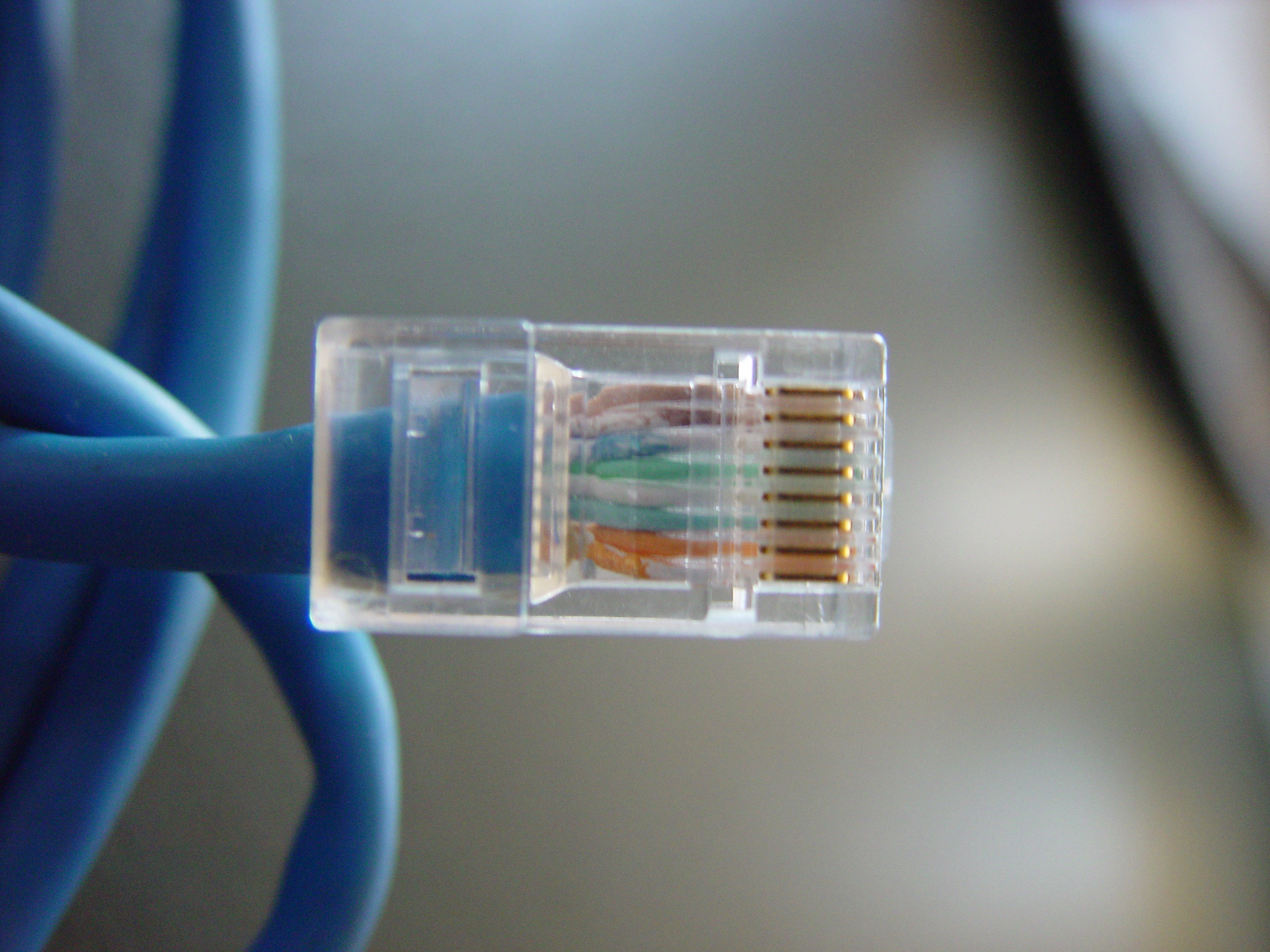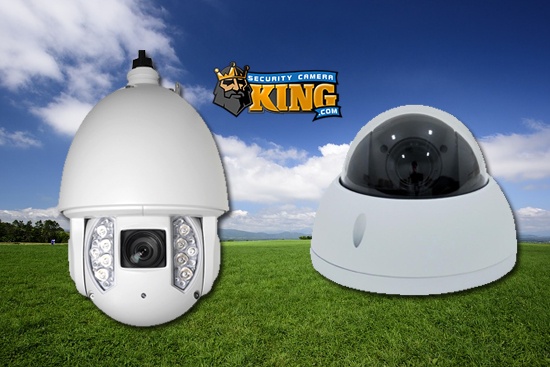Power Over Ethernet for CCTV and IP
Hey Everyone, Joe From SCK here, and today we wanted to talk to you all about Power Over Ethernet, commonly known as PoE. Before we dive into the details surrounding this incredibly important CCTV technology, let’s explain why it’s so important and what was needed before the advent of PoE.
Before IP cameras and their NVR recorders became a more mainstream and cost-effective solution, COAX cameras and their DVR recorders were primarily used as CCTV equipment. Like any electronic device, cameras and recorders both require power delivery to each of the units at any given location. There also needs to be a way for the cameras to send their video information back to their recorder. With COAX cameras, power is supplied to each camera from 2 possible sources. A camera can have its own dedicated transformer and power source or be connected to a distribution box that provides power to the lines of multiple cameras. This creates a situation where lots of installation needs to be performed, many cables need to run, and many factors such as weather and Electromagnetic interference into account.
With Ip cameras, many of these issues were resolved with the advent of Power over Ethernet, or POE. The most important thing to understand about the benefit of PoE is that this technology allows both data and power to be carried to devices like CCTV IP Cameras over a single network cable. This is done using various devices such as special Power Over Ethernet network switches (known as PoE switches for short), PoE injectors which grab external power from a normal power source and ‘inject’ this power into the ethernet cable, or even special Network Video Recorders (NVRs) that have onboard PoE ports. The technology has evolved over the duration of its existence and now offers multiple different variants and options to cover the needs of various situations. The standard variant, known simply as power over ethernet or PoE, is far and away still the most commonly used iteration. For most situations that don’t involve running cameras long distances from their network source, PoE is the most cost-effective variant of the power over ethernet technology. When the amount of distance that needs to be run increases, or, the power requirements for your devices increase other PoE solutions are needed to compensate for this. Standard PoE has a distance limitation of 100 meters (~300 feet) and a maximum of 15.4 watts of power at 48vDC.
There are newer, advanced PoE solutions designed to help overcome these limitations. Keep in mind though that these solutions are either/or in terms of increasing power or distance capabilities. Firstly there are PoE+ and Hi-PoE. Both of these PoE alternatives are designed to provide more power than the standard PoE in order to allow cameras with higher power requirements such as PTZs to be used with PoE. PoE+ provides a maximum of 30 watts of power at 48vDC while A Hi-PoE PSE provides a maximum of 100 watts of power.
Another solution, which does not provide additional power but greatly raises the distance ceiling for standard PoE is ePoe. ePoe boosts the theoretical distance of PoE to a whopping 800 meters!
So what are some of the major benefits of Power Over Ethernet?
- Less cabling means less space is taken up it also means
- Less money spent on materials
- Less money spent on labor
- Easier to reach longer distances with ePoE
- Cleaner and more professional looking installations and setups
- Provides a standard for future upgrades
- Designed for use with rhe newest IP cameras and recorders for the best CCTV features
The vast majority of all of Security Camera king’s IP Cameras support PoE, and many of our advanced IPPTZ cameras support PoE+ and/or Hi-PoE. Additionally, we now carry solutions for ePoE, providing you with the distance you need to get your IP camera system up and running in any situation. We encourage you to call into one of our Sales Pros to ask more about these awesome technologies and how they can aid your security goals. Don’t forget to mention if you have any current equipment on site, as we might know of an upgrade or even be able to offer options that are compatible with and enhance the capabilities of your current system!
Thanks for joining us today as we talked about power over Ethernet technology for IP cameras! For any questions on product compatibility, availability or any other information don’t hesitate to give our Sales Pro’s a call at 561-288-5258 . Don’t forget to subscribe to our YouTube Channel for more Tutorials and CCTV info. Until Next time, Stay Safe!
Related: What’s the difference between DVR and NVR?
Related: What’s the difference between H264 and H265?
Related: IP PTZ Security Cameras – All There is to Know
Related: Resolution, and why does it matter?
Related: What are active deterrence cameras?
Find Us On: Facebook | Twitter | YouTube












